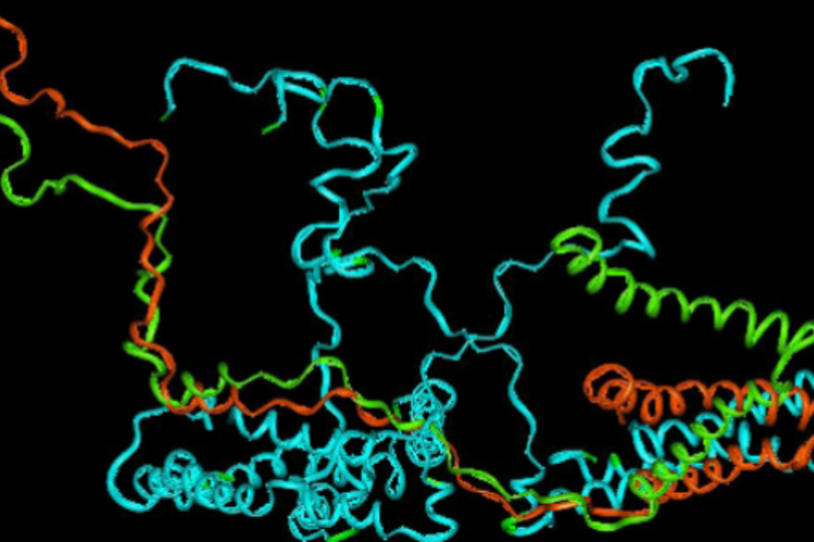
Alpha-synuclein is a priority for The Michael J. Fox Foundation. We devote substantial resources to programs that help us better understand its role in Parkinson’s, measure it, and develop that target it.
A new finding from MJFF-funded researchers, published recently in the Journal of Biological Chemistry, sheds new light on alpha-synuclein in Parkinson’s. The research was a collaboration combining the expertise among teams at the University of Alabama at Birmingham (UAB), the University of Zaragoza and the University of Cambridge. We talk to MJFF grantee and lead author Laura Volpicelli-Daley, PhD, Assistant Professor at UAB, about the study.
MJFF: Why is alpha-synuclein an important target in Parkinson’s disease?
Dr. Volpicelli-Daley: Several brain diseases — including Alzheimer’s, frontotemporal dementia and Parkinson’s — involve protein aggregates. In these cases, normal proteins found in our brains misfold into toxic forms. Misfolded proteins are sticky and aggregate into clumps that damage and sometimes kill our brain cells. In Parkinson’s, these aggregates can become Lewy bodies, which are a hallmark of the disease and are made up mostly of alpha-synuclein. We think that by preventing alpha-synuclein from forming aggregates, we can prevent progression of the disease.
MJFF: Tell us about the study. What were you and the team hoping to achieve?
Dr. Volpicelli-Daley: We know that the alpha-synuclein protein is involved in Parkinson’s disease. But there are different structural forms — including disordered, non-amyloid oligomers, ordered amyloid oligomers and fibrils — and we wanted to learn more about which forms are doing the damage. With grant funding from The Michael J. Fox Foundation, I and my co-investigator Nunilo Cremades of the University of Zaragoza in Spain were able to generate different forms of alpha-synuclein and characterize them using biophysical methods. Then we injected each form into a model and examined the effects on Parkinson’s-related phenotypes.
MJFF: What did you learn?
Dr. Volpicelli-Daley: The most robust Parkinson’s symptoms were produced by small beta-sheet fibril fragments of alpha-synuclein. This form resulted in a loss of brain cells that produce the chemical messenger dopamine. Dopamine is essential for coordinated movements and loss of these dopamine neurons causes the motor symptoms of Parkinson’s. In not surprising that we also saw motor behavior symptoms after injecting the beta-sheets fibrils. Another form called beta-sheet oligomers caused some toxicity, but it was far less than the fibrils. We hypothesize that the small fibrillar fragments were the most toxic because they are able to corrupt normal alpha-synuclein protein, causing it to form aggregates that spread throughout brain cells, causing damage.
MJFF: What’s next? How do you think these findings will influence Parkinson’s research?
Dr. Volpicelli-Daley: First, we can use the findings to standardize the alpha-synuclein pre-formed fibril (PFF) model so that it reliably reproduces key features associated with Parkinson’s disease. Secondly, we show that while there are different forms of toxic alpha-synuclein, the form that does the most damage are fibrillar fragments because they recruit normal alpha-synuclein, converting it to a toxic form. These findings indicate that drug developers should likely prioritize therapies to reduce the formation and propagation of beta-sheet fibrillar forms of alpha-synuclein. This strategy may work to slow or stop the progression of Parkinson’s and other disorders that involve alpha-synuclein, such as Lewy body dementia.
Conducting alpha-synuclein PFF research? Watch a video on the scientific video journal site Jove on "Generation of Alpha-Synuclein Preformed Fibrils from Monomers and Use In Vivo" from MJFF grantees at Michigan State University.
